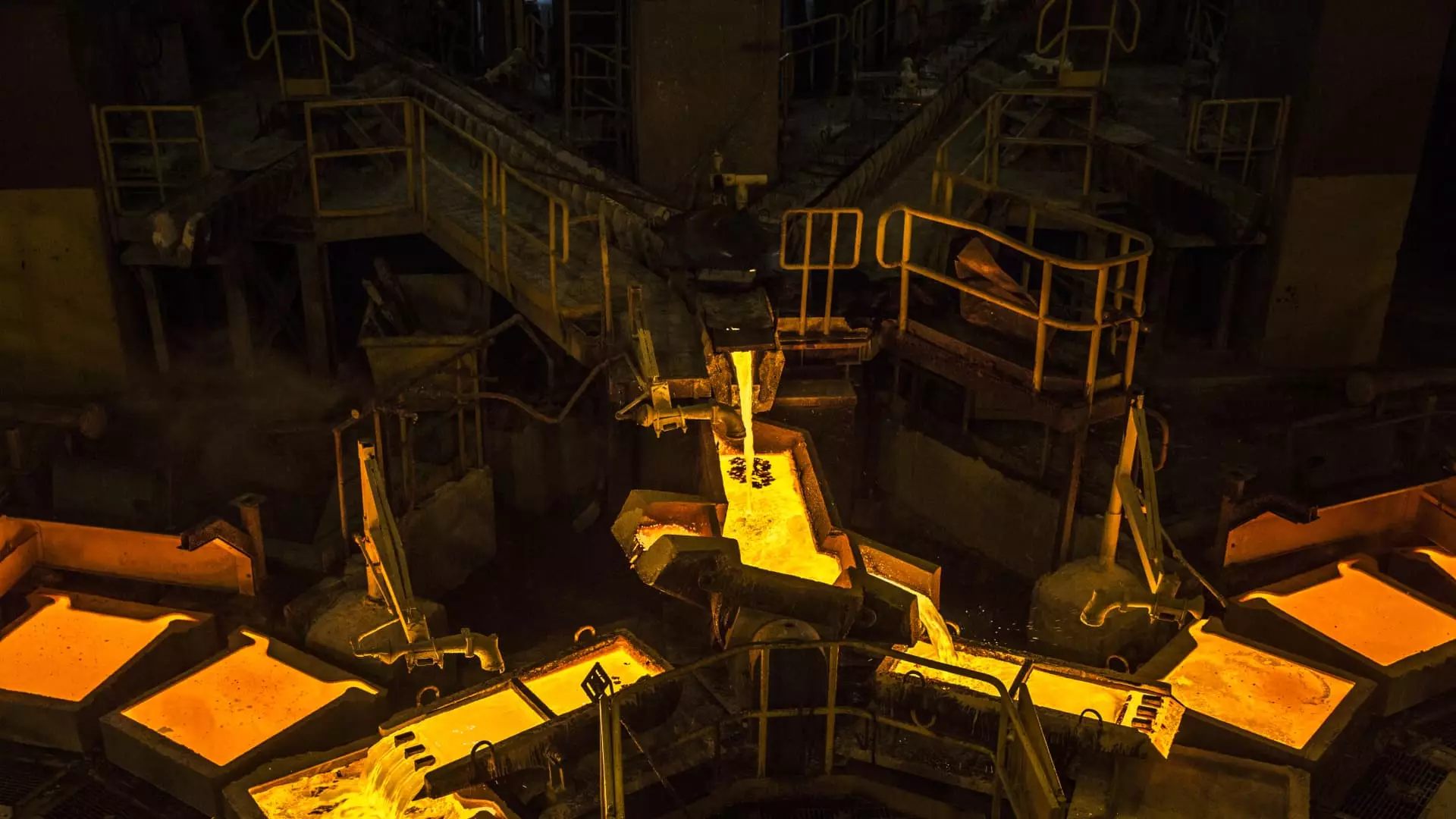Peru has experienced a tumultuous political journey over the past few years, marked by conflict and instability. However, the recent months have heralded a period of relative calm that has significantly altered the nation’s economic landscape. As international investors begin to regain their confidence, Peru’s sovereign bonds have emerged as an attractive investment opportunity. Currently, foreign holdings in Peru’s sovereign bond market account for 39%, positioning the country at the forefront among emerging markets. This remarkable shift reflects an upbeat sentiment about the nation’s fixed-income environment—a critical contrast to the political uncertainties that previously dominated investor perception.
Moody’s has assigned a Baa1 credit rating to Peruvian bonds, indicating a moderately stable outlook amidst a historically challenging political climate. The situation escalated earlier this year with calls for President Dina Boluarte’s resignation, amid allegations of financial misconduct. Although the fervor of these calls appears to have subsided, Boluarte’s administration finds itself in continued stasis against an unyielding Congress. Pramol Dhawan, head of emerging markets portfolio management at Pimco, emphasized that Peru is currently in a favorable position compared to its regional counterparts.
In his view, the government has recognized the imperative to offer returns that would entice international investors, a strategy essential for aligning the central bank’s policies with these global financial players. Therefore, despite political headwinds, the government’s efforts to stabilize the financial framework have been fruitful.
Peru’s noteworthy economic attributes include a commendable debt-to-GDP ratio, which stands at just 33%. This figure is significantly lower than other Latin American countries: Brazil’s ratio is steep at 86.7%, while Chile’s is at 40.5%. This metric serves to enhance the country’s fiscal appeal, reinforcing investor trust. Additionally, the Peruvian sol has maintained a stable footing, contributing to a conducive investment environment.
Another pivotal development came from the Central Reserve Bank of Peru, which recently lowered interest rates to 5.25%—the lowest in Latin America. This, combined with a robust yield curve, paints a particularly attractive picture for domestic bonds. As noted by David Austerweil, deputy portfolio manager at VanEck, the high real yields coupled with a steep yield curve could provide substantial benefits for investors as the Federal Reserve considers rate cuts.
Peru’s investment milieu is further enhance by strong offerings in local currency bonds, known as Soberanos. Current yields on a 2-year Soberano stand at 4.661%, while the 10-year equivalent is around 6.428%. Institutions like Bank of America have expressed strong support for these local bonds, indicating an optimistic future for this asset class. Remarkably, the political gridlock has inadvertently led to an improved fiscal landscape, with Austerweil suggesting that the absence of a powerful executive has yielded positive results for fixed-income securities.
Dhawan rightly points out that despite turbulent political tides, the fixed-income market presents high-quality opportunities for foreign players. The innovative steps taken by the central bank have helped cultivate an investment ecosystem that appeals to international markets, affirming its reputation as a competent stabilizing force.
On the other hand, the narrative surrounding Peru’s equity market showcases a more complex scenario. The MSCI Peru Index boasts impressive growth, having increased by 24.8% in 2024 alone, alongside a 55.8% rise over the preceding year. Such performance is commendable, especially when set against the broader MSCI Emerging Markets Index, which shows only modest gains.
Despite short-term gains attributed to a commodity boom, analysts warn that the equity market’s long-term sustainability may hinge on a more functional political landscape. The mining sector notably constitutes a substantial portion of the market, making it vulnerable to cyclical fluctuations. Peru is a major player in metals production, which has benefited from rising global copper prices instigated by stimulus measures in China. However, reliance on the commodities sector introduces a level of volatility that may pose risks to investors.
While Peru’s economic framework currently displays promising aspects for investors, achieving long-term stability will require more than just favorable financial indicators. Continuous political unrest remains a formidable boundary that could hinder sustainable growth and the nation’s equity prospects. The contrasting narratives of Peru’s bonds and equity markets encapsulate the broader challenges faced by investors navigating this evolving financial landscape. Substantial growth in the bond market is overshadowed by uncertainties in the equity sector, making it imperative for potential investors to weigh the benefits against the risks carefully. Only time will tell how Peru’s journey unfolds amidst its complex socio-economic backdrop.

